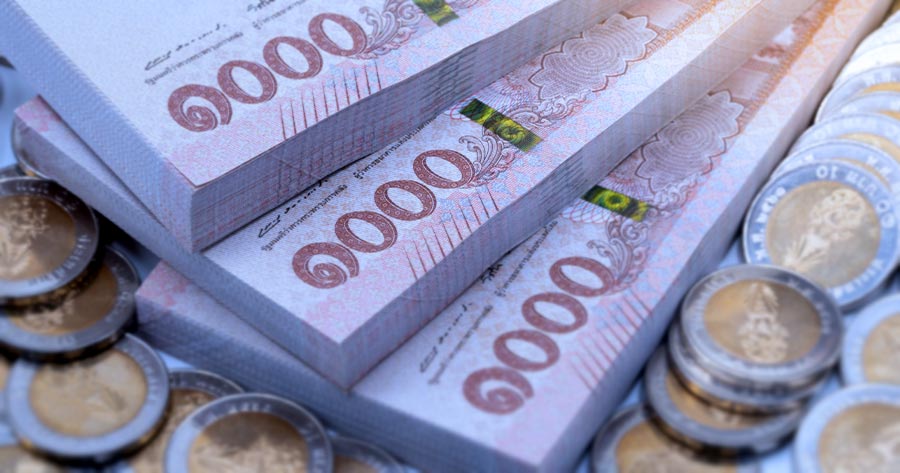Mr. Poon Panichpibool, a Markets Strategist at Krungthai GLOBAL MARKETS of Krung Thai Bank Public Company Limited (SET: KTB), stated that although the Thai baht had depreciated to THB 32.50 per USD, that trend had changed after U.S. President Donald Trump removed one of the Fed’s board of governors, Lisa Cook, who also serves on FOMC, from her position.
KTB forecasted that the interference on the Fed’s policy by the U.S. administration would cause the market to speculate that the Fed is likely to support more accommodative monetary policy, even though the termination of the governor may lead to a filed lawsuit with the Supreme Court. This development may pressure the U.S. dollar and the 10-year bond yield, but it will be only a short-term period.
As for the Thai baht, the analyst expects the currency to potentially appreciate to THB 32.30, with the next support level moving to THB 32.10 per USD. If the gold prices (XAUUSD) increase to the resistance level of USD 3,400 per ounce, it could lead to more buying of the Thai baht. Still, the currency appreciation may be delayed due to the financial market’s caution and the Thai politics’ uncertainty, which may stimulate foreign investors to start selling Thai assets, notably a flow of foreign currency purchases, such as the purchases of USD by importers, by the end of the month.
Mr. Poon stated that the Thai baht would depreciate significantly once the key U.S. economic report, particularly jobs data, was released and showed a sign of positive development, potentially stimulating the market to lower the expectations of seeing the Fed cut interest rates. According to the Trend-Following strategy, if the Thai baht weakens beyond the level of THB 32.65 per dollar, it will increase the chance of further depreciation, but this would depend on the U.S. economy and its monetary policy.
Meanwhile, KTB is confident that the Thai baht volatility will likely increase amidst the uncertainty of U.S. trade policy and Thai politics. Therefore, the institute recommends investors use the ‘Options’ strategy to manage exchange rate risk efficiently.





